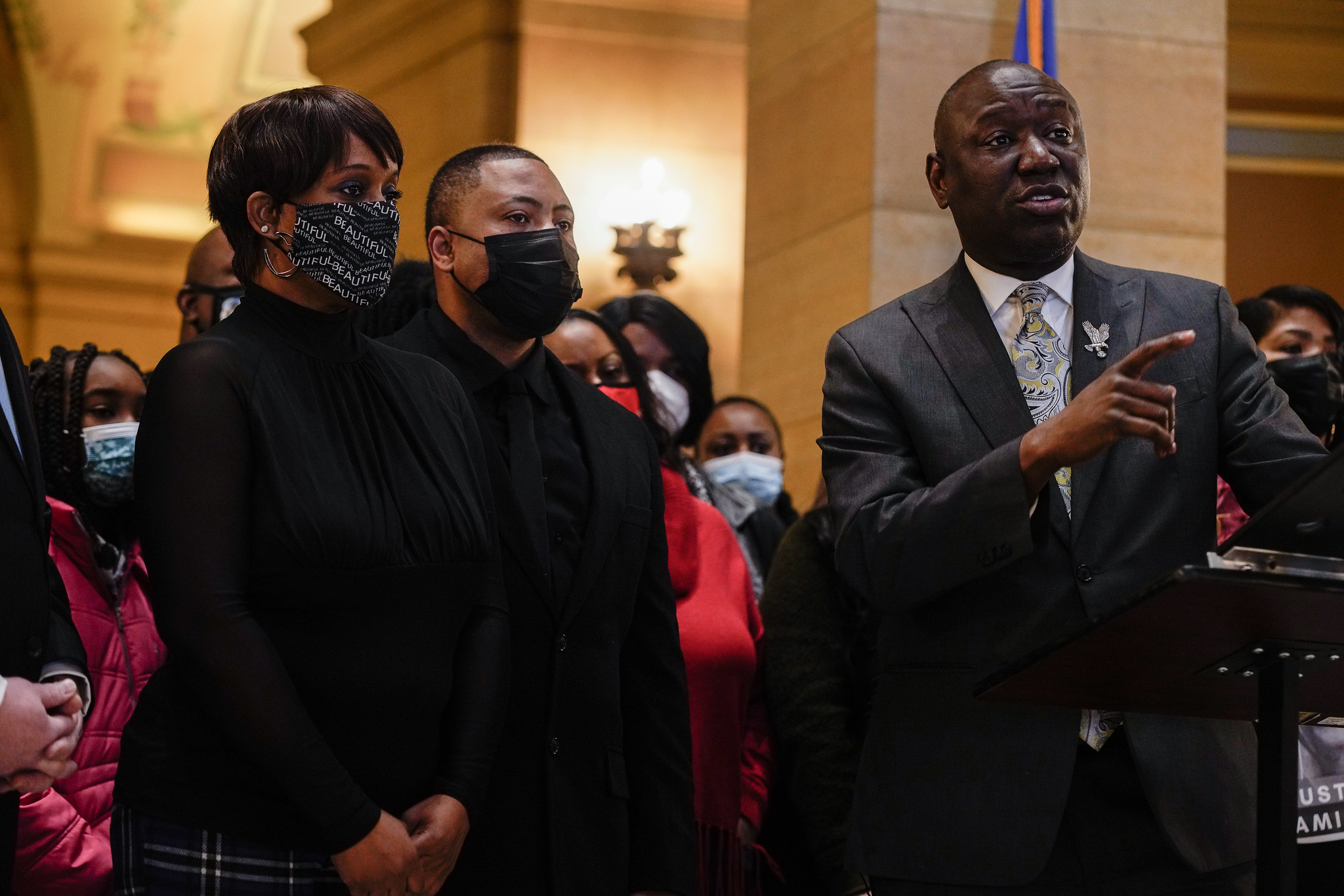Welcome back to The Flyover, your daily midday digest of what local media outlets and Twitter-ers are gabbing about.
More No-Knock Nonsense
Wednesday's staggering Department of Human Rights report laid bare the Minneapolis Police Department's racist, dangerous, deeply flawed, and some would say un-reformable behavior. The findings, which include sexism, poor training, and an utter lack of accountability, are especially egregious with regards to race. MPD officers were more likely to stop, search, and use force against Black people; they were using social media to track Black individuals and groups; and they were consistently recorded using “racist, misogynistic, and disrespectful language.” MPD officers were nearly twice as likely to use neck restraints against Black individuals and absolutely love using slurs against people of color.
So it's unfortunate and yet in no way surprising to add another racial inequity to the list: KARE 11 reports that, per a new Minneapolis Civil Rights Office of Police Conduct Review, every single no-knock warrant executed by Minneapolis police between September 2021 and January 2022 targeted people of color. Of the 29 high-risk warrants executed, not one involved white suspects—24 were African American, three were Native American, one was Hispanic, and one was Asian. Apropos of nothing, as we mentioned in a Flyover earlier this month, you can now listen to five episodes of the Washington Post's six-part series on no-knock warrants, Broken Doors.
Mask Back Up, Minneapolis
One week after Minnesota crossed the "high-risk threshold" for COVID-19 cases, Minneapolis is once again recommending masking indoors. According to a statement from the city, the seven-day new case rate has increased by 340% since mid-March (from 51 to 227 infections per 100,000 people). "We’ve also seen a more than two-fold increase in our seven-day hospitalization rate since mid-March from 1.9 hospitalizations per 100,000 people to 4.8 hospitalizations," their statement reads. On a more positive (but also confusing and misleading?) note, the Star Tribune reports that yesterday's CDC report puts Hennepin County and most of the state in the low COVID risk range (Olmsted and Wabasha counties being the exception). And, of course, this is just the latest in a patchwork of city/state recommendations/mandates that have been unevenly applied and inconsistently enforced. In any case: masks indoors? Probably a good idea. (It's almost as if the pandemic never ended and is not over now!)
Glen Taylor’s Factory Farm: “Painful” for Chickens, “Horrifying” for Workers
Earlier this month, Glue Girl informed the world about the horrific way Glen Taylor’s Rembrandt Farms roasted 5.3 million bird-flu-stricken chickens alive in Iowa. (Click here to read our potentially exclusive interview with Glue Girl.) “Suffocation, the method used in the tragic situation in Iowa, is one of the most painful ways for these animals to die, taking hours and causing extreme distress and pain,” says Vicky Bond, a veterinarian and president of The Humane League. “Meanwhile, the workers involved are being exposed to horrifying and unfair working conditions.” On Thursday, The Guardian seized on that last part: After being tasked with carrying out the controversial slaughter, around 250 Rembrant plant workers were fired, the U.K. paper reports.
For Taylor, who’s worth $2.5 billion, it seems the lives of animals and livelihoods of employees both amount to figures on a spreadsheet. “It’s a company that makes millions of dollars. I guess I shouldn’t be surprised that it doesn’t care about people,” former plant supervisor Oscar Garcia told The Guardian. Garcia also alleges that Rembrandt used its lax Covid policies as a recruitment tool, and that workers who voiced concerns over grim working conditions were met with threats of docked pay or termination. “People worked in those barns pulling out dead birds in terrible conditions, feces everywhere, doing 12- or 14-hour days,” he said. “No one speaks for them.”
Wanna Buy Dorothy’s Wizard of Oz Dress?
Or how about Washington Crossing the Delaware? Both are for sale, and both have Minnesota connections. The Catholic University of America in Washington, D.C. struck gold when they found one of the iconic dresses Minnesota native Judy Garland wore in 1939’s Wizard of Oz. The dress had been donated to the head of the school's drama department in 1973. Then it went missing for some 50+ years, until it was discovered in a shoebox by a staffer who was prepping for renovations. It’s one of four known dresses, and one of only two still with the original shirt. The university hopes it will bring in between $800,000 to $1.2 million when it goes up for auction at Bonhams on May 25.
Meanwhile, the historic painting Washington Crossing the Delaware is also up for auction in May. The work, one of two existing versions (a third was destroyed in WWII), was painted in 1851 by German-American artist Emanuel Leutze. Bob Kierlin and Mary Burrichter, a married couple, purchased the piece in 2015. (Kierlin is the founder of Winona-based hardware-supply company Fastenal.) Though Washington has spent decades at the White House, most recently it's been on display at Minnesota Marine Art Museum in Winona. Christie’s anticipates the painting going for at least $15 million at auction. You can also get it for 25 cents. (It’s on the back of the Delaware quarter).







